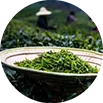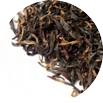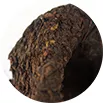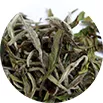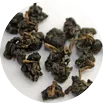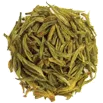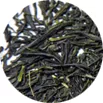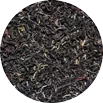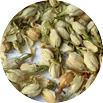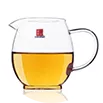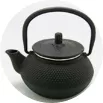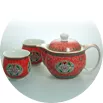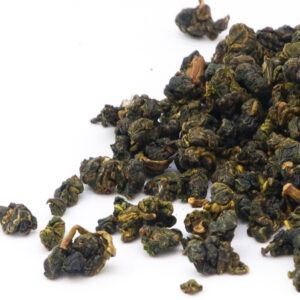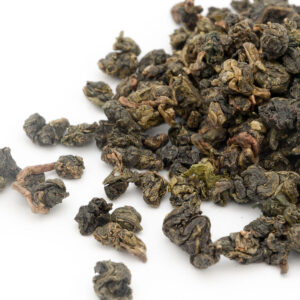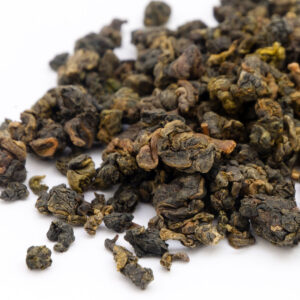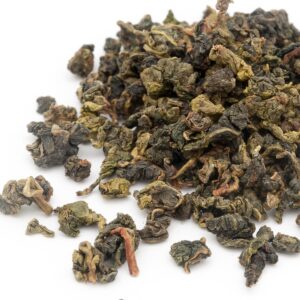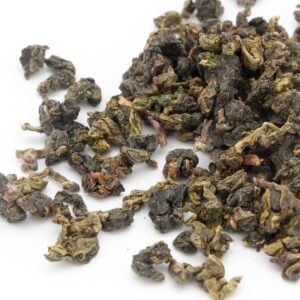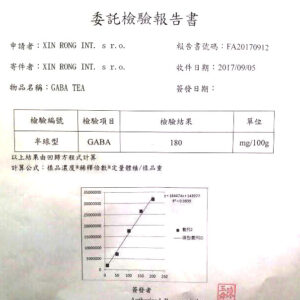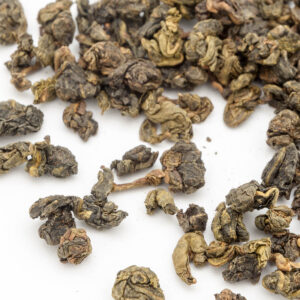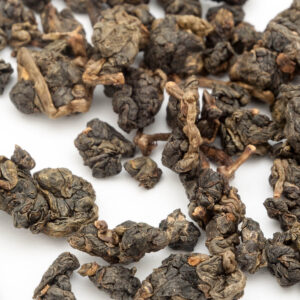Tian Li Cha
Jin Xuan Nai Xiang
A Li Shan Ruan Zhi
Gao Shan Superior
Gui Hua
Dong Ding Special
Formosa GABA Oolong
Si Ji Chun
Ren Shen Superior
"Ginseng oolong" - traditionally processed oolong, the leaves of which contain an extract from the root of Chinese ginseng. The aroma and taste of the tea is sweet, with slight pleasant baking with a sweet and distinctive aftertaste.
Tea could be of particular interest to lovers of Chinese medicinal herbs - thanks to the connection with ginseng, it helps the body better withstand physical and mental stress, as well as stress and other ailments.
Dung Ding Supergrade
Nowadays, Taiwan produces modern style (lightly fermented) high-quality teas with a distinctive character. These are often fresh high mountain teas (in Chinese ‘gao shan cha’ 高山茶) from the central mountain range, usually tightly rolled, only slightly oxidized and slightly to medium roasted. However, this was not always the case, until the reign of the Qing dynasty (1644-1911), tea was produced in Taiwan of rather poor quality. The change occurred around 1865 when several varieties of the tea plant were imported from mainland China along with the methods of producing oolongs from Fujian Province. This was followed by the gradual development of own processing techniques and the breeding of new varieties. It is worth mentioning the Taiwanese research institute founded in 1903 under Japanese rule, today under the name Tea Research and Extension Station (TRES), which is primarily responsible for the pair of now very well-known oolong cultivars Jin Xuan 金萱 (Taicha clone №12, 1981) and Cui Yu 翠玉 (Taicha clone №13, 1981), but also for new red tea cultivars Ruby (Taicha clone №18, 1999) and Hong Yun 红云 (Taicha clone №21, 2008).


